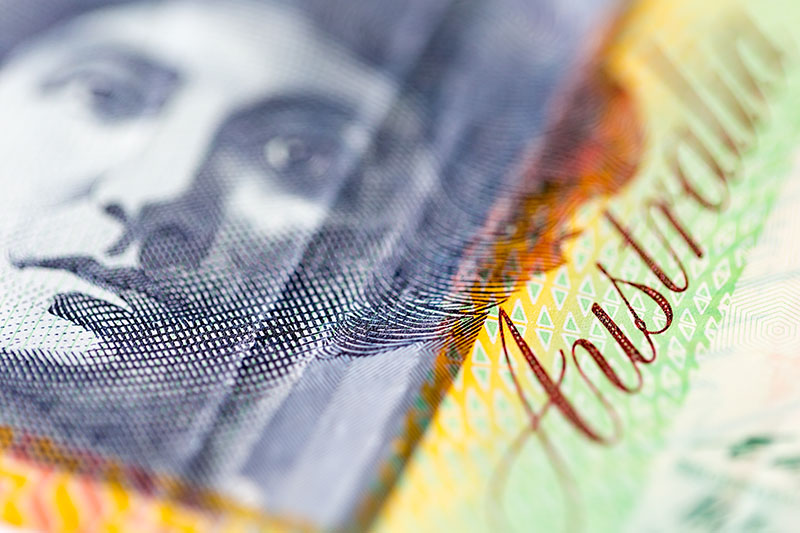By Wayne Cole and Charlotte Greenfield
SYDNEY/WELLINGTON, April 19 (Reuters) - The Australian dollar nursed painful losses on the pound on Wednesday as markets wagered a snap election in the UK could lead to a more favourable outcome for investors from coming Brexit negotiations.
The Aussie was also pressured by fresh falls in iron ore, the country's single biggest export earner, as worries about a supply glut in China dragged prices to 13-week lows.
The biggest losses came against sterling, which soared 2.6 percent overnight to its highest since early January at A$1.7082 GBPAUD=R . It was the steepest daily gain since August 2015 and gifted the pound a bullish break of the 200-day moving average.
The pound also gained 1.7 percent on the kiwi overnight to reach NZ$1.8329 GBPNZD=R , its highest since early September.
Sterling surged when British Prime Minister Theresa May called an early general election for June 8, seeking to widen her party's majority ahead of Brexit negotiations.
"Providing political certainty and strength early in the Brexit negotiation period should be seen as positive in advance of the EU-27 Brexit summit on April 29," wrote Westpac analysts in a note to clients.
At the same time, the slide in iron ore and a neutral stance on domestic interest rates from the Reserve Bank of Australia (RBA) was undermining the Aussie more broadly.
The currency was down 0.4 percent at $0.7525 AUD=D4 , having retreated from a $0.7612 top at the start of the week.
It even lost ground to the kiwi which got a big boost from strong gains in prices for dairy, New Zealand's largest goods export earner. The Aussie was off 0.4 percent at NZ$1.0672 AUDNZD=R having lost two cents in as many sessions.
The kiwi also rallied to a three-week high on its U.S. counterpart, reaching $0.7046 NZD=D4 .
Prices rose for the third time in a row a Global Dairy Trade auction, a recovery that bodes well for export earnings. next hurdle for the kiwi will be consumer price data (CPI) due out on Thursday. Inflation is forecast to have jumped to 2 percent in the first quarter, almost two years earlier than projected by the Reserve Bank of New Zealand.
Anything higher could revive speculation about an early hike in interest rates, though the central bank has vowed to keep policy steady well into next year. Zealand government bonds 0#NZTSY= rallied in line with U.S. Treasuries, nudging yields 1 basis points lower at the long end of the curve.
Australian government bond futures benefited from a global bid for safe havens and the three-year bond contract YTTc1 added 3 ticks to 98.240. The 10-year contract YTCc1 rose 5 ticks to 97.5350.
The yields on cash 10-year paper AU10YT=RR touched its lowest since early November at 2.448 percent, having fallen all the way from a March peak of 2.988 percent.
(Editing by Sam Holmes)
